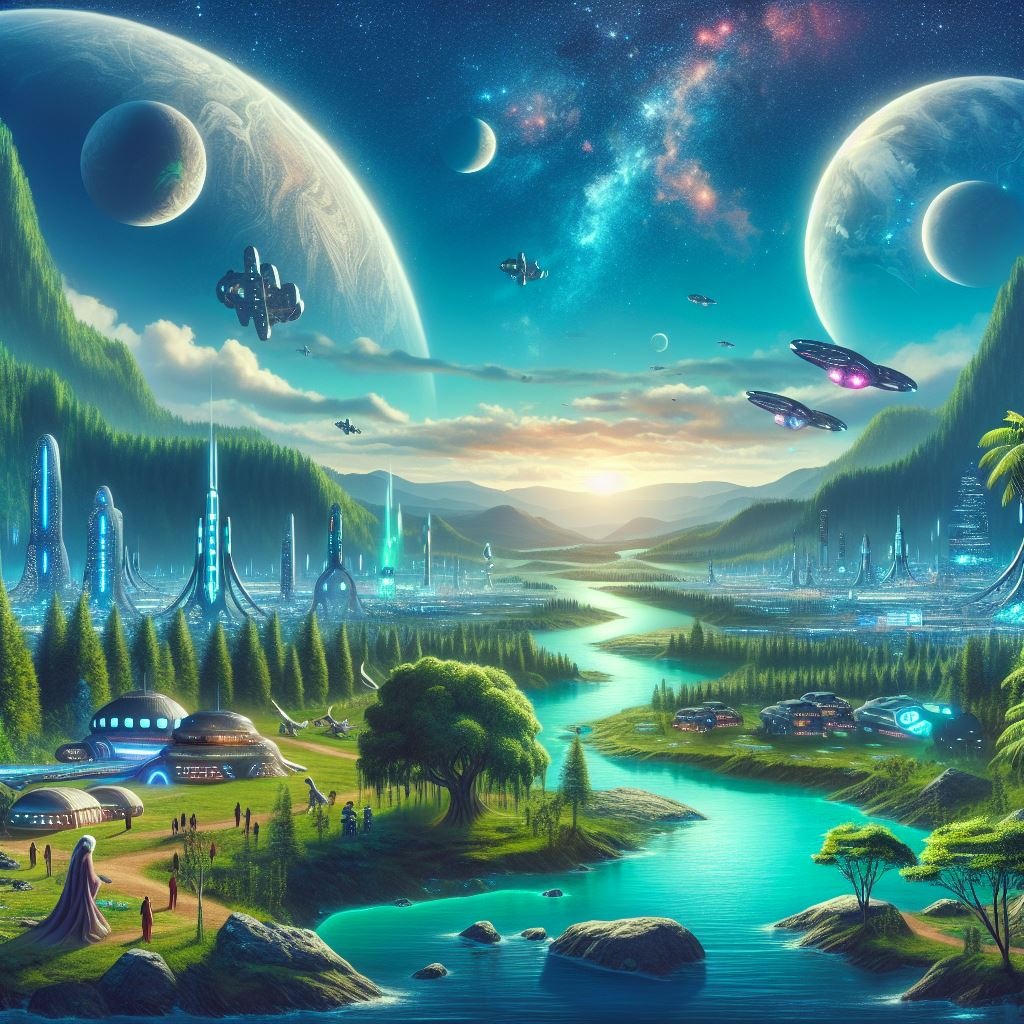
At the dawn of life on Earth, amid primordial oceans and energy-charged storms, the first molecules organised themselves into increasingly complex structures. But what if the biochemistry of life had followed different paths from those we know? Recent Italian research has opened up new perspectives on the origin of life, suggesting that it might be based not only on “left” (L) amino acids, but also on “right” (D) ones, with extraordinary implications for the search for life on other planets.
The study, published in the scientific journal Astrobiology, was conducted by the University of Bari “Aldo Moro” and the Institute for Plasma Science and Technology of the National Research Council (CNR). Co-ordinated by chemist Savino Longo, with the collaboration of Gianluigi Casimo and Gaia Micca Longo, the work showed that primordial proteins may have been composed of a combination of L and D amino acids, generating heterochiral structures never before considered.
Chirality and the origin of life: a new theory revolutionises biochemistry
Until now, science has assumed that life was based exclusively on L-amino acids, following the principle of homochirality. However, this research suggests that, in early evolutionary stages, life could have developed with proteins formed from both types of amino acids, thus expanding the possibilities of evolution not only on Earth, but also on other planets.
Proteins, which are fundamental to all biological processes, may therefore have assumed a variety of as yet unknown structures, many of which may have disappeared in the course of evolution. However, one exception still exists today: the gramicidins, molecules produced by some bacteria, represent a rare trace of this alternative biochemistry, suggesting that life may have been much more diverse than previously thought.
Life on other planets: a new key to astrobiology
If these heterochiral structures existed on Earth, they may also have evolved on other planets. This study thus opens up novel scenarios in the search for extraterrestrial life, suggesting that distant worlds might harbour life forms based on a different chemistry to our own.
The discovery offers a new perspective for future space missions, such as those of NASA and ESA, which search for biosignatures of life on Mars, Europa and Titan. If life can develop with greater molecular flexibility, then the universe could be even more habitable than we imagine.
Conclusion: the search for life in the universe is only just beginning
This new theory could revolutionise the way we conceive of the origin of life and its spread throughout the cosmos. If the biochemistry of life is not rigid but adaptive, the chances of finding alien life increase exponentially.
The universe, with its infinite possibilities, could be populated by life forms other than those we know. And perhaps, one day, we will find proof of this.